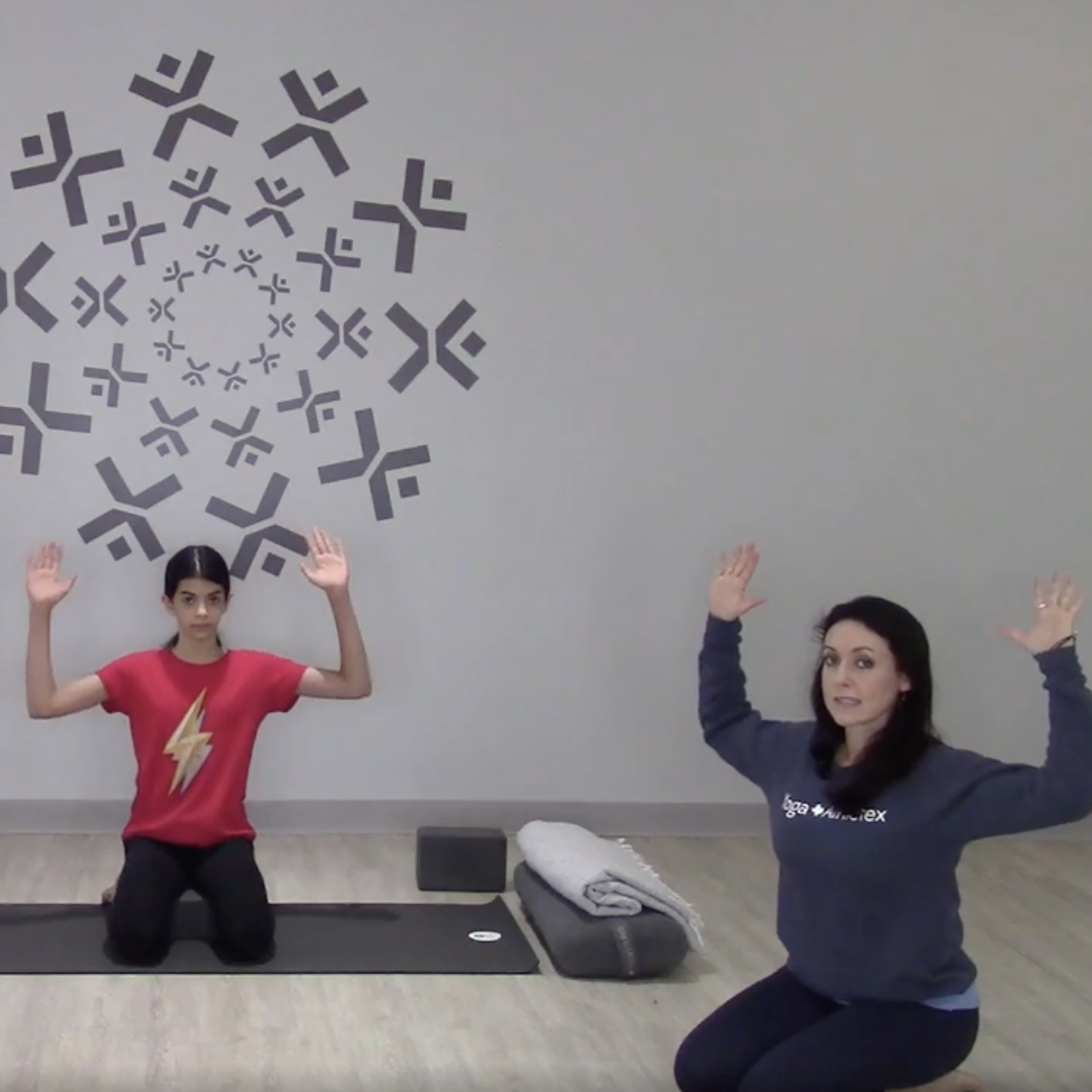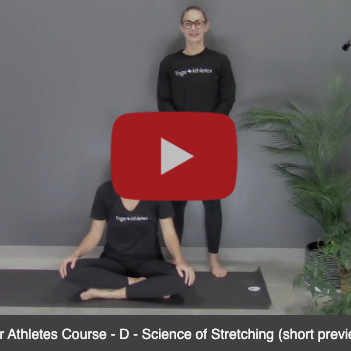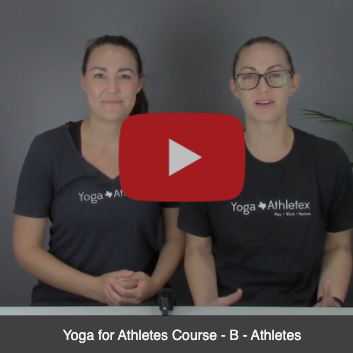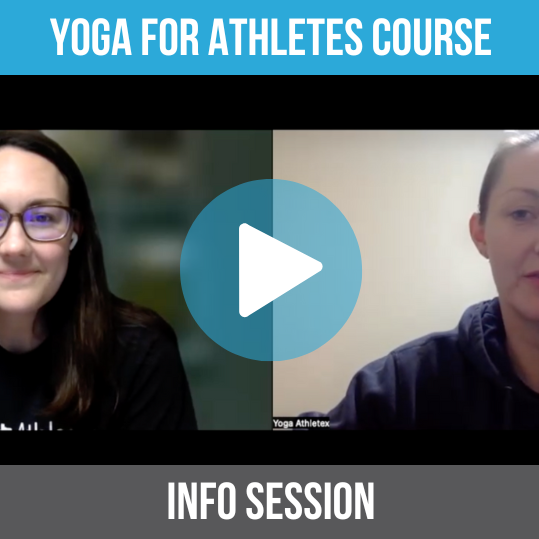increase thoracic mobility and create more powerful torque
This month, February – the month of love, we’re practicing heart openers. Wait! Don’t leave yet. Let me tell you about this from an anatomical perspective so you can apply it to your sport.
Being Open Emotionally
Practicing heart openers can sound terrifying because it implies being vulnerable and receptive to love and support. Eek, uncomfortable much? While this can be true, we can benefit from it by applying it to our teammates in a more platonic fashion. Practicing poses that “open your heart”, can build better listening skills and body posturing that leads to leadership and mentorship. You want to be a leader on your team? Stick with me. Being more open emotionally, can keep your head in the game. When things go south, you’re less apt to shut down. You stay focused and proud to correct your mistakes and move on.
Lung Capacity
Aside from the emotional and mental benefits of heart openers, the physical benefits are profound for building lung capacity and more mobility in the thoracic cavity – think more powerful arm swing. Inside your torso, your heart is surrounded by your rib cage, sternum and spine. These bones are held together by soft tissues like muscles, cartilage and ligaments. Your diaphragm is also nestled in there between the heart and lungs. Practicing heart openers can manipulate these parts to create expansion to receive a full, deep breath and increase blood flow!
Mobility
According to the Yoga Journal, an immobile rib cage is a limiting factor in breathwork and movement all together, especially twists (which require rotation) and backbends (which require spinal extension). Envision your arm swing. Rigidity in the torso prevents the thoracic spine from moving through its max potential range of motion. The lack of thoracic extension in backbends can contribute to low back and neck pain caused by the lumbar (low) and cervical (high) spine hyperextending (overarching) to compensate for the lack of T-spine movement. Cue heart openers.
Shoulder Health
So what does this have to do with shoulder health? Generally, athletes will overcompensate for their lack of T-spine mobility by straining the shoulders and injuring the rotator cuff muscles. The goal is to initiate movement from the middle back to take some of the load off the shoulders. So let’s open our hearts, expand our thoracic cavity to create more ROM (Range of Motion) in the shoulders.
YAX Online
To increase thoracic mobility and create more powerful torque, pop on over to our on-demand portal for some anatomically specific yoga for athletes classes!
Not a YAX Online member yet? Sign up for a 7-day free trial!

STAY IN THE LOOP!
Subscribe to our free newsletter.
Here's a 4-minute video clip from the 19-minute section about the Science of Stretching from the Yoga Coaching Course!
Here's an 8-minute video about athletes from the Yoga Coaching Course!
Here's a 7-minute introduction video for the Yoga Coaching Course.
This course will give you a better understanding of the importance of yoga and how to apply it to the athletes you currently work with.



